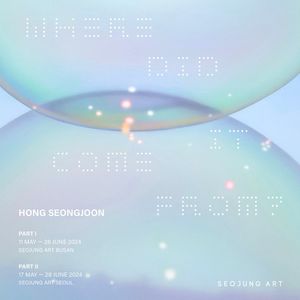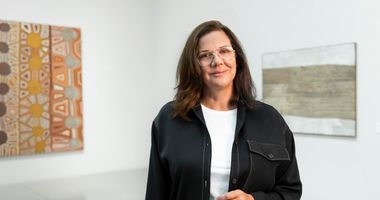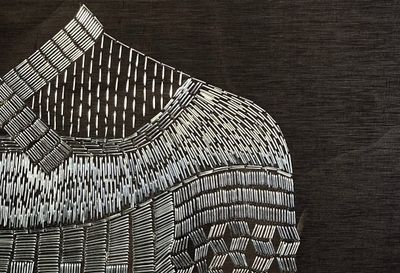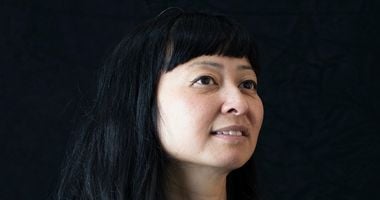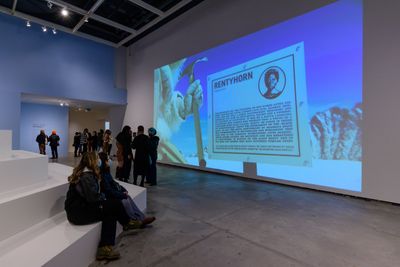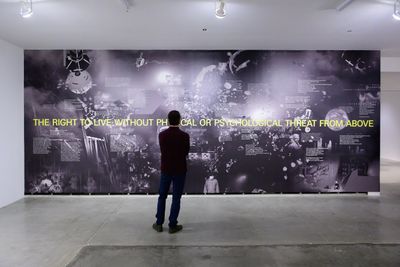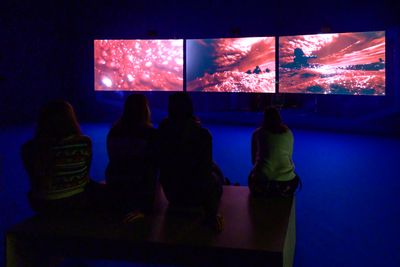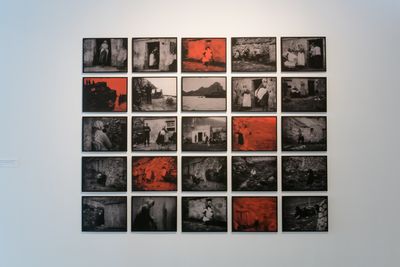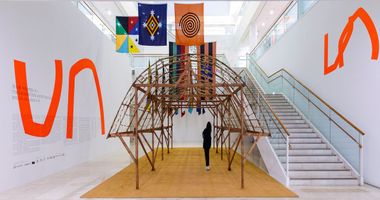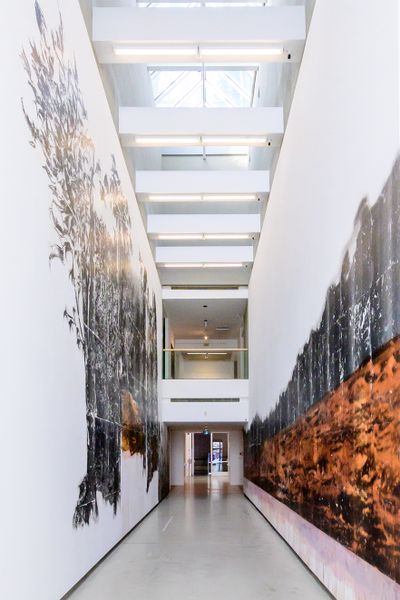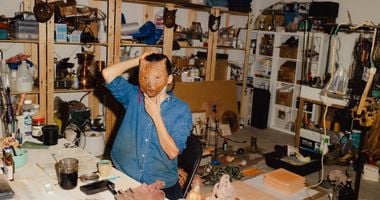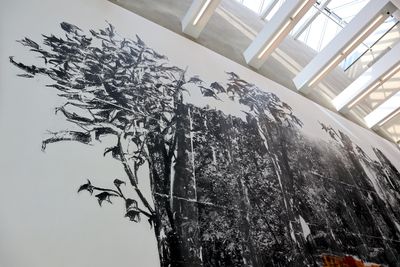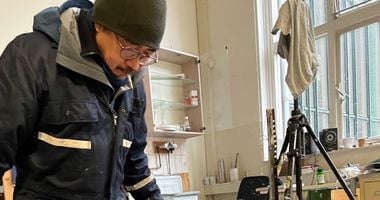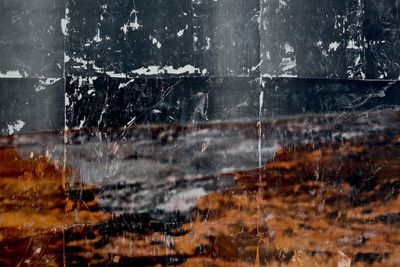At The Power Plant in Toronto, Three Artists Disrupt Colonial Legacies
Three exhibitions at The Power Plant Contemporary Art Gallery in Toronto trouble the layered interconnections between history, memory, and lived environments.
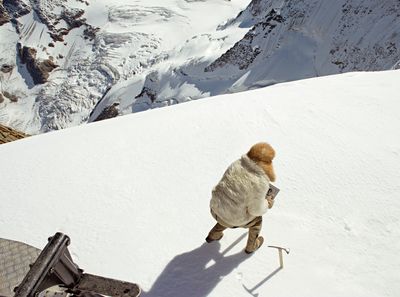
Sasha Huber, Rentyhorn – The Intervention (2008). Video. 4 min 30 sec. Courtesy the artist. Still photography: Siro Micheroli.
Haitian-Swiss visual artist Sasha Huber's You Name It is among the presentations, which are all showing between 5 February and 1 May 2022.
Transparent in its activist objectives, You Name It, curated by Noor Alé, brings together a considerable body of work departing from Swiss-American biologist and geologist Louis Agassiz, whose 19th-century research caused his namesake to be affixed to over 80 sites around the world, as well as seven animal species.
Working with the Demounting Louis Agassiz campaign since 2007, Huber has aligned her artistic practice with the goal of raising awareness of Agassiz's racism and dismantling its legacy.
In Tailoring Freedom (2021), Huber alters daguerreotypes of American slaves Renty and his daughter Delia, whose images were taken by U.S. photographer Joseph T. Zealy by way of commission by Agassiz.
Covering two wood-based images with silver staples that appear like heavily stylised embroidered apparel, Huber provides both Renty and Delia with respectful coverings and armoured protection.
Huber disrupts Agassiz's desired project of proving Black racial inferiority by restoring a sense of both dignity and defiant posture to the work's subjects.
Huber has taken her restorative art project to numerous Agassiz-named sites in countries including Canada, Switzerland, Brazil, and New Zealand.
In the single-channel video Rentyhorn (2008), the artist documents her travel by helicopter to the peak of Swiss mountain Agassizhorn, where she installs a metal plaque as a gesture towards renaming the mountain after Renty.
Huber brings two main ideas into view: the depth to which our surroundings (natural and human-made) are bound up with histories of colonisation and racism, and the personal agency we can deploy to redress historical wrongs.
A collaborative spirit infuses Huber's work, evidenced in the video Karakia – The Resetting Ceremony (2015), where the artist joins Māori greenstone carver Jeff Mahuika in a ceremony meant to symbolically un-name the Agassiz Glacier in New Zealand.
Ideas of artistic intervention move beyond geographical locales to include the very air we breathe in Danish-Scottish artist Shona Illingworth's exhibition Topologies of Air, curated by Amin Alsaden.
While each exhibition follows its path toward illumination of the spaces we inhabit, they collectively invite us to ponder how histories and memory implicate our sense of belonging.
Illingworth focuses on both the commercialisation and militarisation of skies and points to the ways in which technologies and political agendas extend colonial projects into seemingly unseeable spaces.
In Topologies of Air (2021), a three-channel digital video and multichannel sound installation shows human rights hearings related to the Airspace Tribunal, which dealt with ongoing and emerging threats from above.
Themes of privatisation and surveillance are discussed among hearing participants on screens within a gallery room that also displays colourful images that combine photos and maps, which create an ominous sense of impending trouble in the aerial world.
Like Huber, Illingworth is interested in the overlaps between the historical and the personal, bringing together video, photography, maps, and installation. In an upper gallery, the artist's haunting Amnesia Museum (2012–ongoing) explores cultural erasure and its relationship with militarisation and colonisation.
In the three-screen video and multichannel sound installation Lesions in the Landscape (2015), Illingworth ruminates on the striking parallels between the horrors of amnesia and the evacuations of St. Kilda, a remote archipelago in Scotland, evoking ideas of how such violent forces erase identity, culture, and a connection to geographical landscapes.
Moving to the gallery's clerestory, viewers are invited to consider these activist projects alongside Canadian artist Sandra Brewster's exhibition By Way of Communion, curated by Joséphine Denis.
Using photo-based gel transfers and acrylic drawings, two large murals showing rivers and thick foliage face each other in DENSE (2021–2022).
The result is an immersive entry into the artist's concern for memory, landscapes, migration, and cultural heritage. The images, streaked with colours suggestive of red sediment and silt, show the Essequibo River in Guyana on the east wall and a collage of Canadian and Guyanese forests on the west wall.
Brewster is interested in how such locations come to us through family stories and recollection. This heritage is often more miasma than accurate recall.
Through the colonial push and pull of immigration from the Caribbean, these landscapes are imbued with ideas and knowledges passed down through both personal and vicarious experiences—but they are never entirely intact.
Brewster's work openly shows the tears, scratches, and gaps produced by her process, reminding us of the ongoing labour and commitment required to hold on to and make sense of such memories.
In doing so, the artist encourages viewers to consider that our inheritance derived from familial and physical environments is often steeped in histories of fractured remembering.
While each exhibition follows its path toward illumination of the spaces we inhabit, they collectively invite us to ponder how histories and memory implicate our sense of belonging. —[O]

